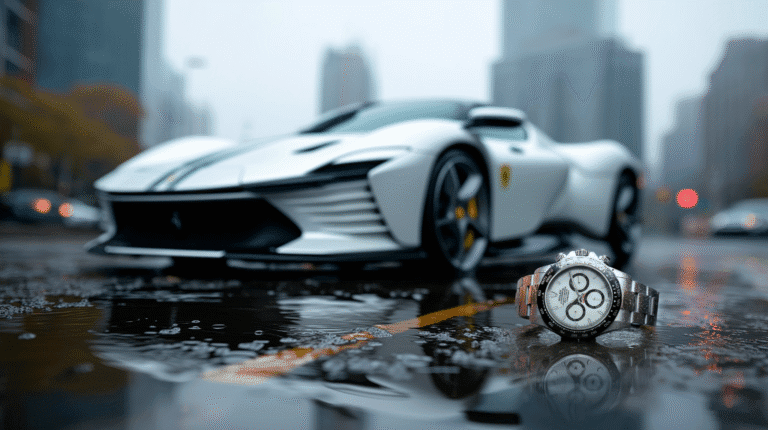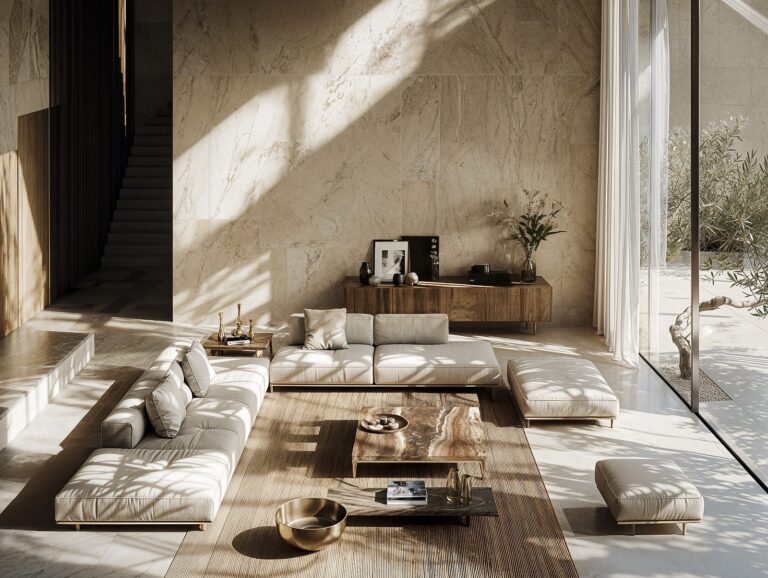For any 3D designer having a clear and effective 3D design process is important to create improved designs, streamline productivity, and most of all, less frustration. We share our 3D design process, as a creative studio, so that you can create a process for yourself. That way next time you do not have to think about what the next step is. You will instead be able to focus on creating beautiful 3d visualizations for your 3d rendering services.
Want to know what the 3D design process can create? Download our FREE virtual spaces guide!
What is a Design Process?
Every 3D designer has their own process of how they get inspiration and approach designs. Some may find it while on a walk, others while watching their favorite Netflix program. However, as a creative studio, we believe that having an outline will elevate your designs to a new level, while all the more helping you enjoy making 3D visualizations.
VSLB’s 3D design process is a 5 step blueprint, starting from the very first meeting, all the way to the completion and final delivery of our designs. We will show you how to utilize research and development along with your creative genius to create exceptional 3D visuals.
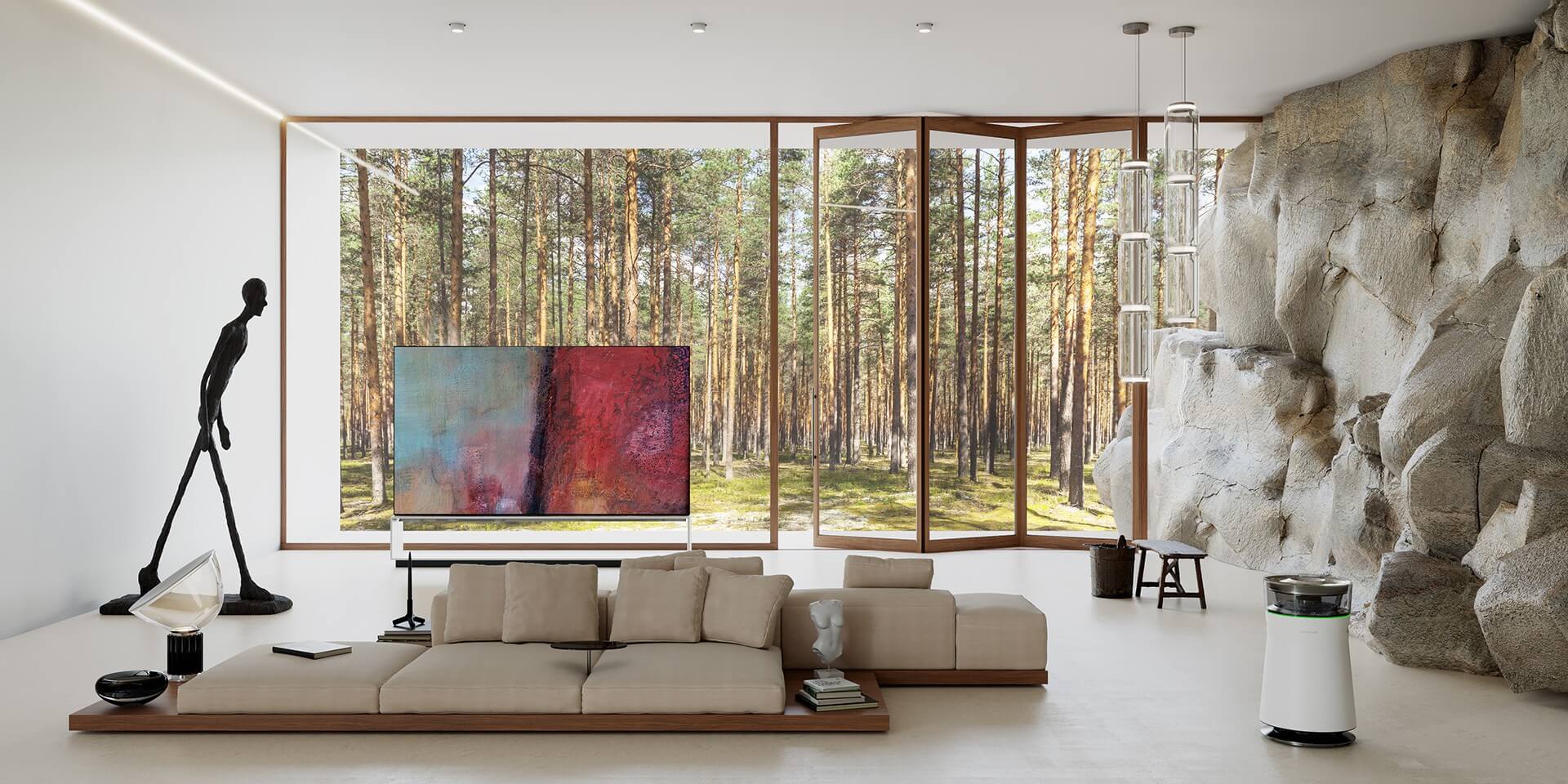
1: The Creative Briefing
The creative brief is arguably the most important stage of any 3D design process. It is the first time you will meet the client and discover their expectations.
The creative briefing is the foundation of the project. Therefore, the better prepared you are for the briefing, the stronger your foundations are for the sequential steps of the process.
In the creative brief meeting there are some key topics by which should look to gain more information on. These include:
- The Company Image
- Product
- Target Audience
- Media and Platforms the designs will be printed or published on
- How the client wants the audience to react when they see the designs
- What is considered a successful final design?
- The Timeline expectations and milestones
- The Budget
If you need a briefing template check out Canva.
2: Research
Although you may have gained valuable information from your client briefing, research is a very important step in the early stage of the design process to allow you to make beautiful 3D visualizations. By researching you are able to build a better understanding of the target audience and how they respond to the client’s products. This can be done by researching the social media engagement or sales figures.
Analyzing industry competitors is also an effective insight into knowing trends that are popular in the industry. From this you can brainstorm designs that will be recognizable while also standing out.
We determined that LG Signiture’s brand identity was luxury. However, we wanted to understand how the definition of luxury differs between LG Signature and their consumers. Further we looked into how luxury lifestyle products are perceived by their consumers. With LG Signiture’s philosophy focusing on connecting art with technology, we also researched how artistry can communicate meaning and express emotions.
Researching LG Signiture’s current brand positioning on social media platforms was also crucial, in order to determine their current feed structure and branding consistency. We also analyzed the brand engagement and conversion rate of users from their social media pages onto their website.
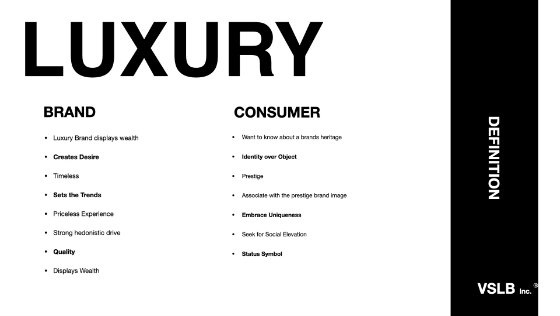
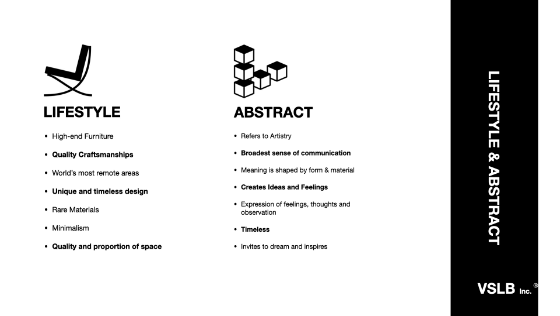
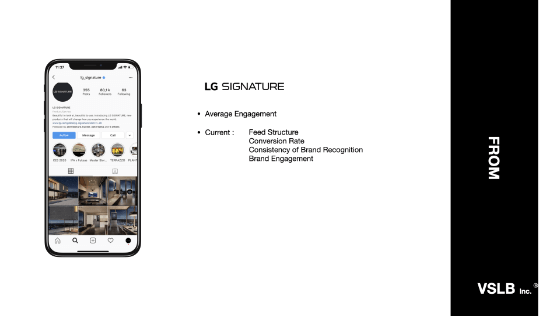
3: Concept Development
Once you have conducted the necessary research you can now develop design concepts. Here is where you find what is best for you as a 3D designer. Some designers may want to use moodboards, while others have a good outlook from the beginning.
No matter how you construct design concepts there are some important questions you should continue to ask yourself:
- What is the message of the design?
- Does this message align with the client’s philosophy?
- How should people react when they see the design?
In the technology industry there is a large distinction between art and technology. For LG Signature we wanted to showcase how these two ends of the spectrum can work harmoniously to create stunning designs. We further wanted to interlink this with another paradox of opposing forms, such as; natural vs. captivity, primitive vs. modern or unbalanced vs. symmetry.
VSLB’s concept for LG Signature was to combine the two paradoxes of nature and captivity with art and technology.
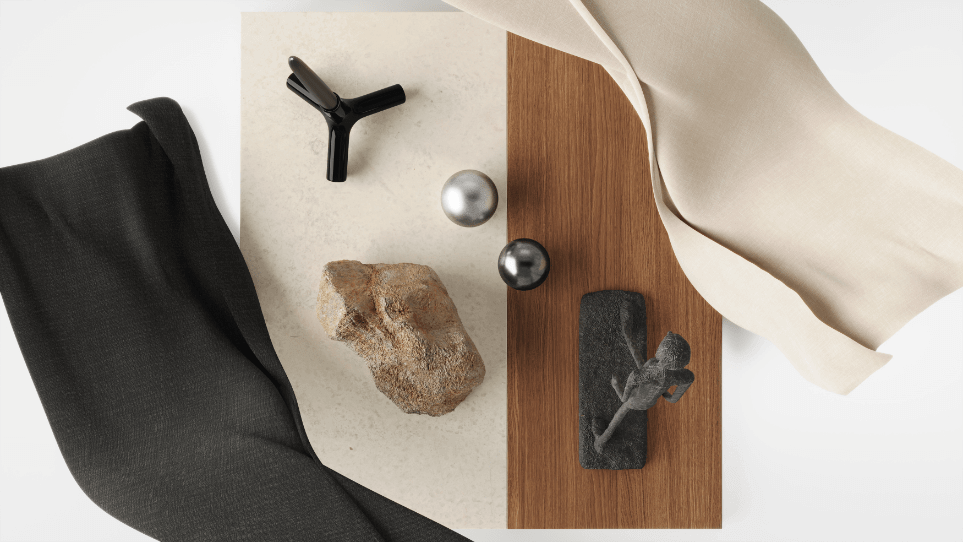
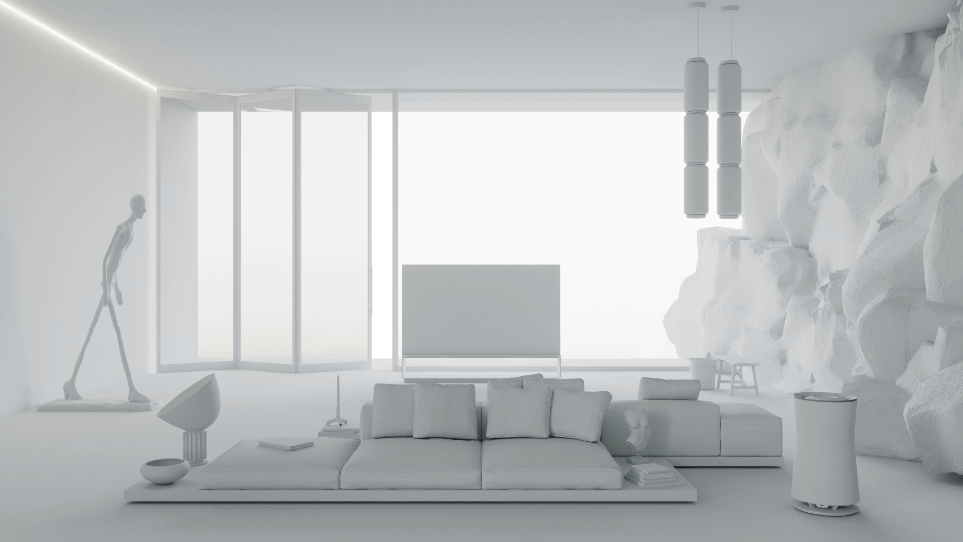
Want to know how you can showcase your brilliant concepts to clients?
4: Feedback Process
Once your client has agreed on a concept at it’s direction, this is where you can begin to create your spectacular 3D visuals.
However, do not just vacate communication with your client until you have your final designs. A key part of the 3D design process is to keep your client informed to ensure feedback. The 10/50/99 feedback process provides a great structure on when to inform your client at the key stages of the project.
Feedback is crucial to delivering the best designs. As designers we all may think we know the most about 3D design (that is why the client hired us). However, feedback is not about changing your 3D designs, it is refinement. The initial communication in the client briefing is central to creating a relationship to allow great feedback.
When showcasing our 3D visualizations to request feedback from LG, we wanted to get the right feedback to provide the finest 3D visualizations that highlight their products, as part of our 3d rendering services. Some profitable questions we asked were:
- Do your products stand out?
- Are your products in the correct environments?
- Do the designs align with LG Signiture’s brand image?
- Is there a balance between the differing concepts of the paradoxes?
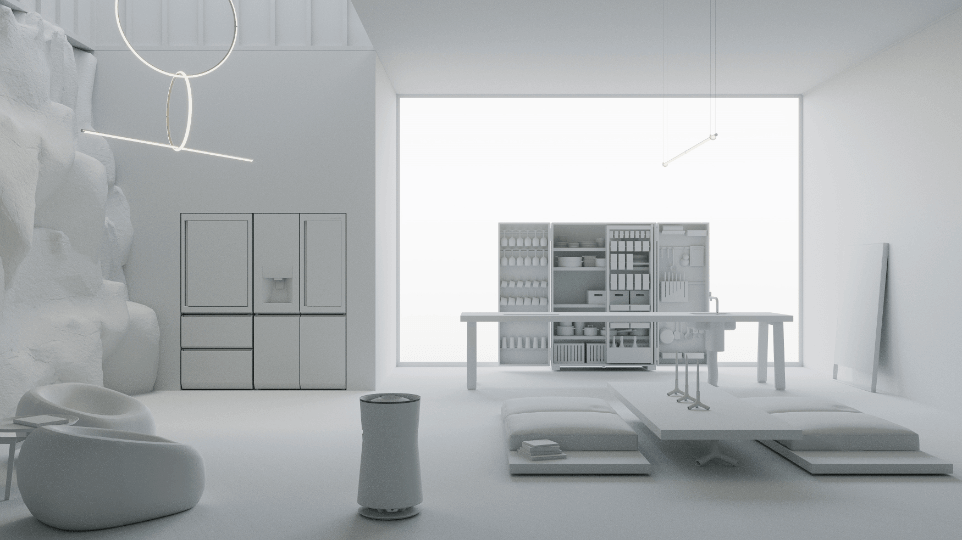
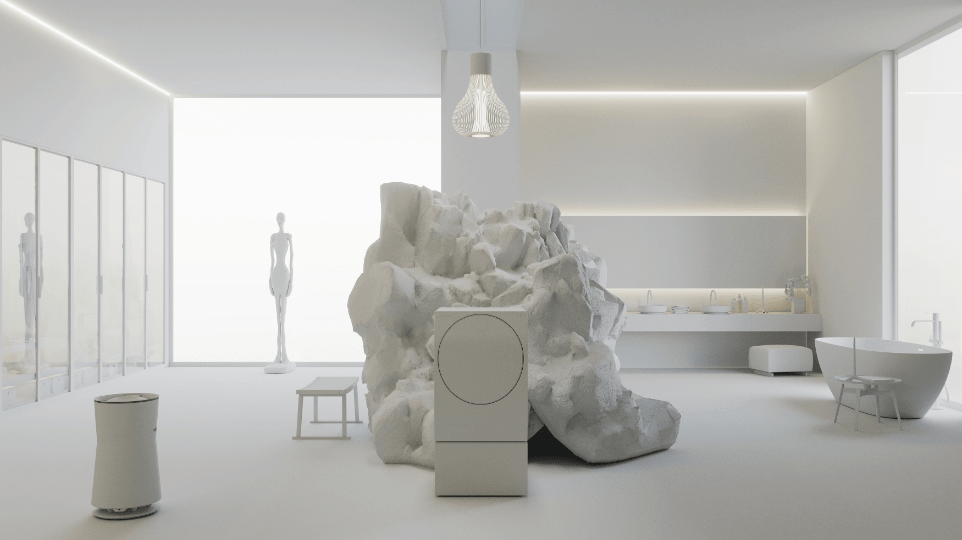
5: Final Delivery
Congratulations! The final designs are complete and rendered and it is time to deliver the files to the client. Nonetheless, verify that all the file types are optimised for the design’s usage.
Need to know all the files types you need for your design’s usage?
This is also an opportunity to ask the client for feedback on the process and working with you as a designer. With this information you can alter and improve your 3D design process further to become more streamlined and build you 3d rendering services.
After the 3D designs have been published it is best to follow up with the client to see how the designs are performing. Not only can you get information regarding the performance of the 3D designs, but also shows great customer-service, positioning yourself nicely the next time they need a 3D designer.
The main ambition for LG Signature was to increase their brand engagement and to convert more social media users onto their website. In our follow up we made sure to receive data regarding the content’s performance and the conversion rate.
We discovered that LG Signiture’s pages received a large increase in engagement via likes, comments and direct messages. All of this helps us to become a better creative studio to help solve our clients problems.
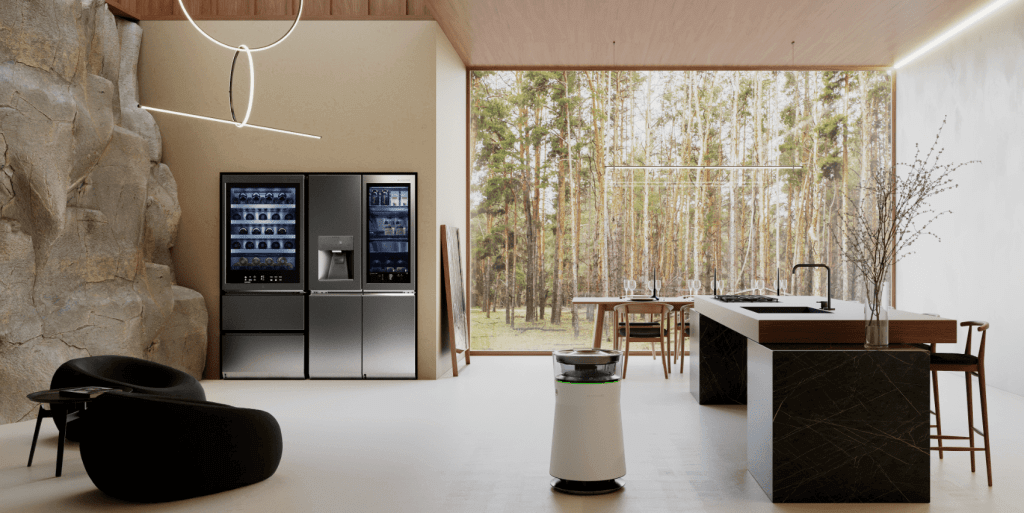
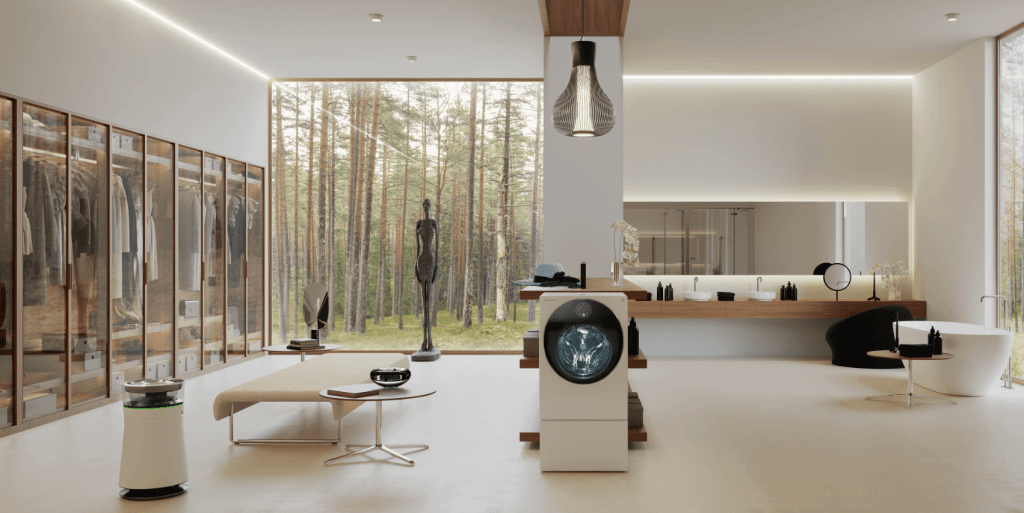
Your 3D Design Process
A 3D designer’s process is individual and not all the steps here may apply to your 3D designs. However, having a clear and effective process will improve your workflow and sequentially your 3D compositions that both you and your client will love.
At VSLB we take pride that our 3D design process can bring the best out of our 3d rendering services. Our process has been developed and refined over many years to not only produce incredible 3d visualizations but also a journey with our clients that we both enjoy.
Want to know more about 3D design and its uses from a 3d creative studio? Check out more of our blog
Also please share this post and have a look at our most recent projects.
